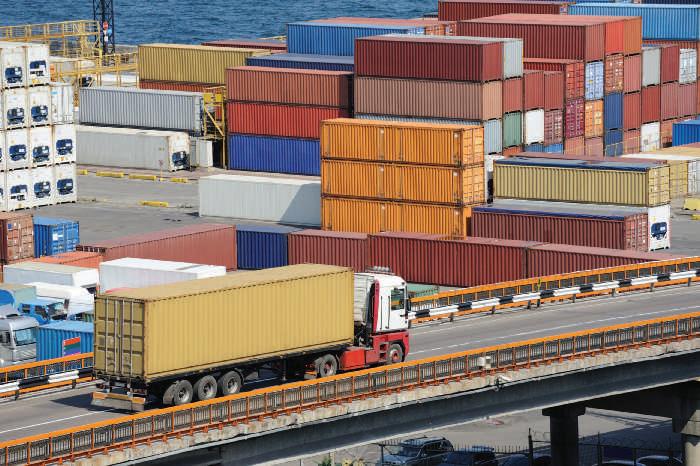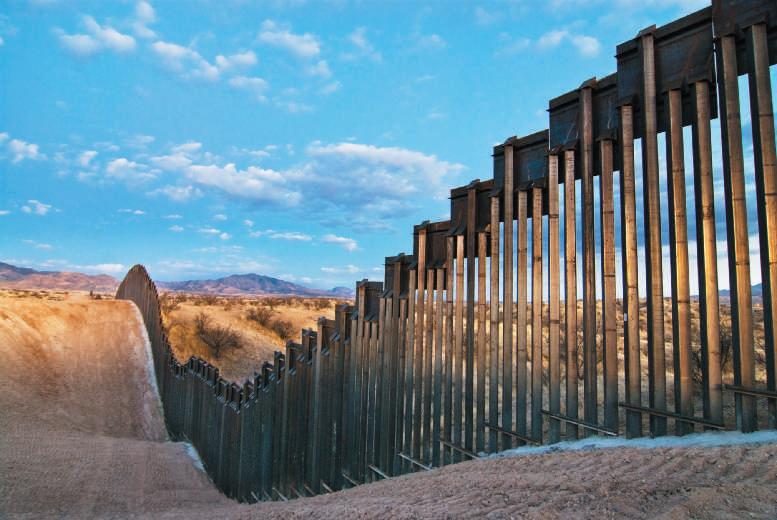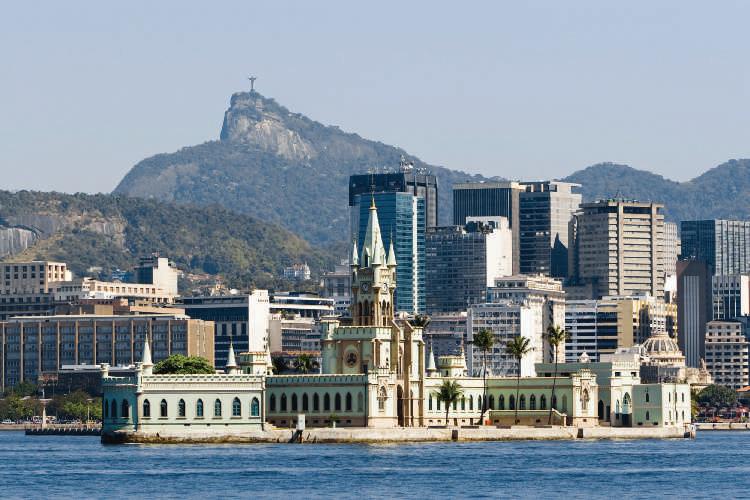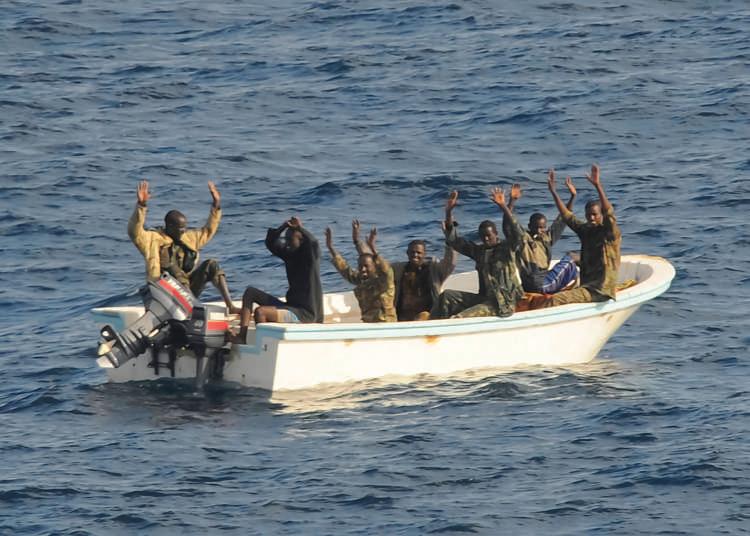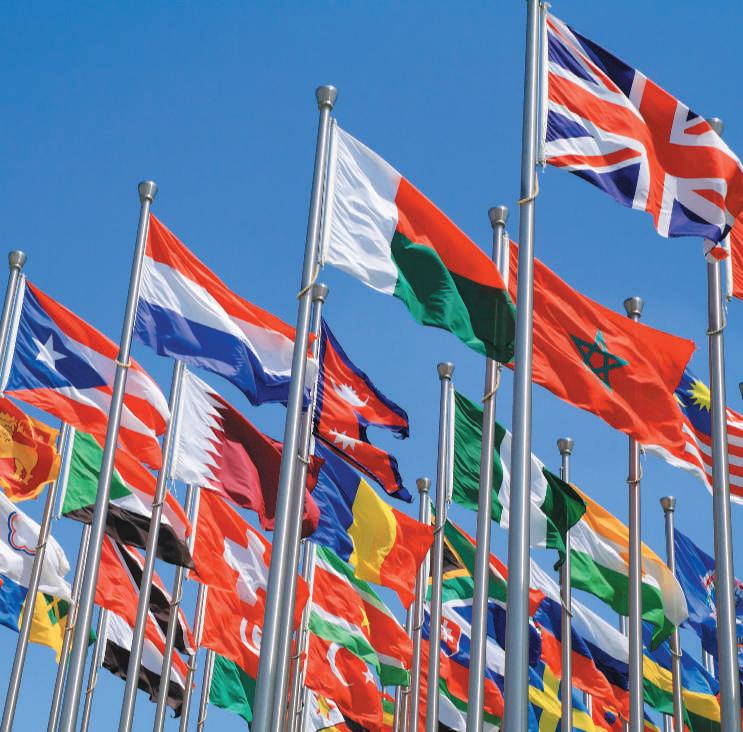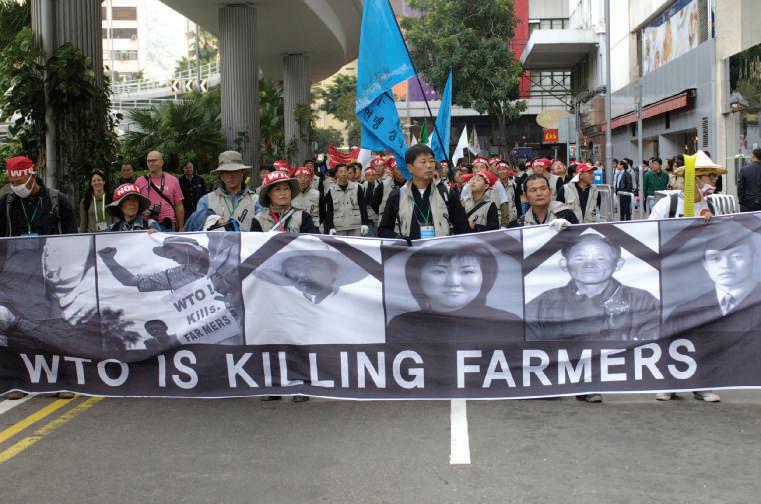48
generalized system of preferences (GSP)
an agreement where a large number of developed countries permit duty-free imports of a selected list of products that originate from specific countries
export subsidy
a negative tariff or tax break aimed at boosting exports
export taxes
taxes meant to raise export cost and divert production for home consumption
most favored nation (MFN)
an agreement among WTO countries in which any tariff concession granted by one member to any other country will automatically be extended to all other countries of WTO
import quotas
also known as Quantitative Restrictions (QRs) are regulations that limit the amount or number of units of products that can be imported to a country
voluntary export restraint (VER)
a nontariff barrier in which an efficient exporting nation agrees to limit exports of a product to another country for a temporary period
C h a p t e r 2 T h e E v ol u t i o n o f I n t e r n a t i o n a l B u s i n e s s
different or preferential treatment. The Generalized System of Preferences (GSP), where a large number of developed countries have agreed to permit duty-free imports of a selected list of products that originate from specific countries provides a good example. GSP could be based on colonial relationships or based upon helping developing countries succeed in trade—trade could be better than aid. Countries that are part of a free-trade area allow duty-free entry of imports. (This type of regional trade agreement will be discussed in Chapter 3, “Regional Economic Integration.”) Finally, in addition to imposing import tariffs, some countries also interfere with the free flow of exports by enforcing export subsidies, or export taxes. Export subsidies are aimed at protecting certain groups within their economy, such as agriculture. An export subsidy refers to a negative tariff or tax break aimed at boosting exports by lowering export prices. On the other hand, export taxes are meant to discourage exports and to keep production at home. For example, when food grain prices shot up dramatically in late-2008, governments in several rice exporting countries, such as India and Thailand, imposed export tariffs to reduce rice exports and increase the domestic supply of rice in order to keep local rice prices under control. At the end of World War II, three major international organizations were established to accelerate trade and economic growth among countries of the world. The Bretton Woods conference of 1944 instituted the International Monetary Fund (IMF) and the World Bank, and the General Agreement on Tariffs and Trade (GATT), an offshoot of a conference held at Geneva, was established in 1948. (Details about these three institutions were discussed in Chapter 1). When GATT was established, 22 member countries committed to lower approximately 45,000 tariff rates within rules laid down by that organization. GATT was renamed the World Trade Organization (WTO) and was formally established on January 1, 1995, to set rules of trade among nations on a near-global basis. The WTO’s primary objectives were (and still is) to extend tariff reductions to agriculture and services and also to settle trade disputes among member countries (as in the example on Chinese tire exports). By June 26, 2014, 160 nations had become members of the WTO and a further 23 countries were in negotiations to join the organization17. Under the most favored nation (MFN) principle, any tariff concession granted by one member to any other country will automatically be extended to all other countries of WTO—nondiscrimination in tariff policy. WTO members are obligated to apply the MFN principle only to other WTO members, but they can apply MFN to nonmember countries as well. WTO members periodically assemble to discuss major trade negotiations with the prime objective of lower tariffs and increased trade and economic growth among member nations.
2-3b Nontariff Barriers Since 1948, GATT (and later, the WTO) has been able to significantly lower tariffs. During that same time period, however, countries have resorted to various forms of nontariff barriers to restrict imports and, hence, trade. Some of the important forms of nontariff barriers are described next. Import quotas, also known as Quantitative Restrictions (QRs), limit the amount or number of units of products that can be imported to a country. Import quotas are generally worse than import tariffs because when a quota is reached, that particular good can no longer be imported or purchased. In the case of an import tariff, the price of imports can only increase by the amount of the tariff. But under an import quota, with high demand, the price of goods will increase to extremely high levels. Voluntary export restraint (VER) occurs when an efficient exporting nation agrees to temporarily limit exports of a product to another country to allow competitors in the importing country to become more efficient within a set period of time. For example, in
Copyright 2017 Cengage Learning. All Rights Reserved. May not be copied, scanned, or duplicated, in whole or in part. Due to electronic rights, some third party content may be suppressed from the eBook and/or eChapter(s). Editorial review has deemed that any suppressed content does not materially affect the overall learning experience. Cengage Learning reserves the right to remove additional content at any time if subsequent rights restrictions require it.









